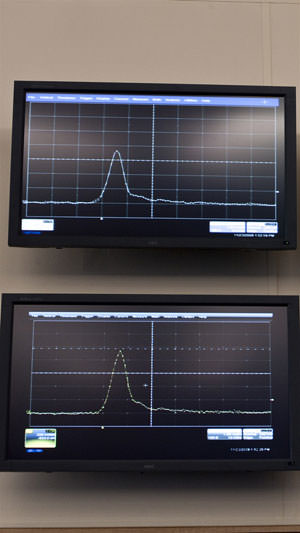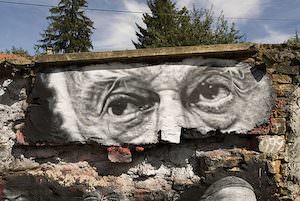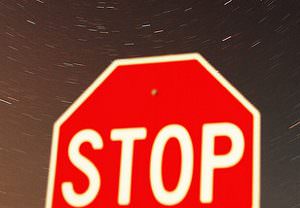That’s One Big Bang for Mankind
Scientists at the Large Hadron Collider buried deep beneath the Swiss-French border made history Monday, smashing two proton beams traveling at near light speed into each other The LHC, also known as the big bang machine, is the largest machine on Earth and (continued).
Scientists at the Large Hadron Collider buried deep beneath the Swiss-French border made history Monday, smashing two proton beams traveling at near light speed into each other. The LHC, also known as the big bang machine, is the largest machine on Earth and was built to re-create conditions that existed just after the birth of the universe.
The collider, housed at CERN, has inspired doomsday warnings, but — for the time being, anyway — we’re still here.
Researchers hope to increase the power of their experiments at a steady pace. The scientists at CERN have coped with months of delays and expressed joy that decades of work are finally bearing fruit.
One spokesman described the day’s events as “the start of a fantastic era of physics.”
The LHC is 17 miles in circumference and is 160 to 570 feet underground. — PZS
CERN’s press release here.
Your support matters…BBC:
Housed in a tunnel 100m beneath the Franco-Swiss border, the LHC uses some 1,200 “superconducting” magnets to bend proton beams in opposite directions around the tunnel at close to the speed of light.
At allotted points around the “ring”, the proton beams cross, smashing into one another with enormous energy.
Large “detector” machines located at these crossing points will scour the wreckage of the collisions for discoveries that could roll back the frontiers of knowledge.
Independent journalism is under threat and overshadowed by heavily funded mainstream media.
You can help level the playing field. Become a member.
Your tax-deductible contribution keeps us digging beneath the headlines to give you thought-provoking, investigative reporting and analysis that unearths what's really happening- without compromise.
Give today to support our courageous, independent journalists.




You need to be a supporter to comment.
There are currently no responses to this article.
Be the first to respond.